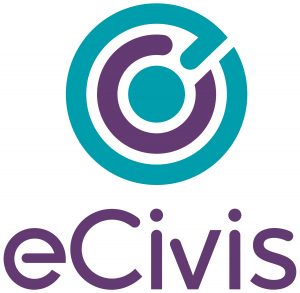The grants process is simple enough on paper, but in practice, it can be difficult for governments to navigate. Many communities don’t have the tools, time or staff to sift through the thousands of grants available. And worse, some might administer them incorrectly, failing to account for all of the expenses — and winding up with audit findings down the road. Without monitoring indirect and hidden costs, they might not be ready for closeout and risk reimbursement for their spending.
Moreover, the reality of grants in government isn’t as simple as a one-way flow of money from federal to state and local agencies. The fact is, there are many players in the game and grants are oftentimes a complex web, instead of a steady stream of funding.
There are three major players involved in the grants process, and it’s important to identify them off the bat because all have unique challenges and needs.
First, you have the grantors. These are the providers of the grants, and they are in charge of all of the specifics of how the grant is to be implemented, who the grant is awarded to and the track that the program should follow. While this is usually grant-making agencies within the federal government, state governments can also funnel these funds and offer their own grants to local governments and jurisdictions.
Next up is the grantee. As the name suggests, these are the grants recipients – the applicants who are actually awarded funding. They’re in charge of administering and implementing the award and putting it to good use.
Here’s where things can get tricky, because the process doesn’t always end there. Sometimes, the best way for state and local governments to implement grants is to outsource. If a state gets federal funding to improve community colleges, it might choose to allocate parcels of that funding to cities, which will better understand the needs of their local colleges. These cities and local organizations are known as sub-recipients, and they’re the last link in the grants chain of command.
Understanding the players of grants management isn’t just about education. Each has unique roles and challenges, and many state and local governments are wearing both hats of grantee and grantor at the same time.
These challenges can hit hard, especially for smaller offices, where there isn’t a centralized grants office or team, let alone a trained grants manager. So, keeping track of reporting from sub-recipients and then aggregating, standardizing and submitting that information to move on to the next phase can be a major obstacle. Failure to do so correctly could jeopardize capturing indirect costs of the program and risk having to pay back subsidized funding years later.
That’s all the more likely when local offices operate in an environment of confusion, because once the project is started, they’re required to report back and forth with sub-recipients and grantors, but they don’t have clear communication channels. Because of incorrect or incomplete calculations, their offices could end up paying more and not making the most of grants programs.
So how can state and local offices be sure they’re finding the right programs, carrying out all of the requirements and capturing funds for their related costs? The answer is simple: lifecycle grants management.
This article is an excerpt from GovLoop Academy’s recent course, “Maximizing Funding Through Grants Management,” created in partnership with eCivis. Access the full course here.






Leave a Reply
You must be logged in to post a comment.